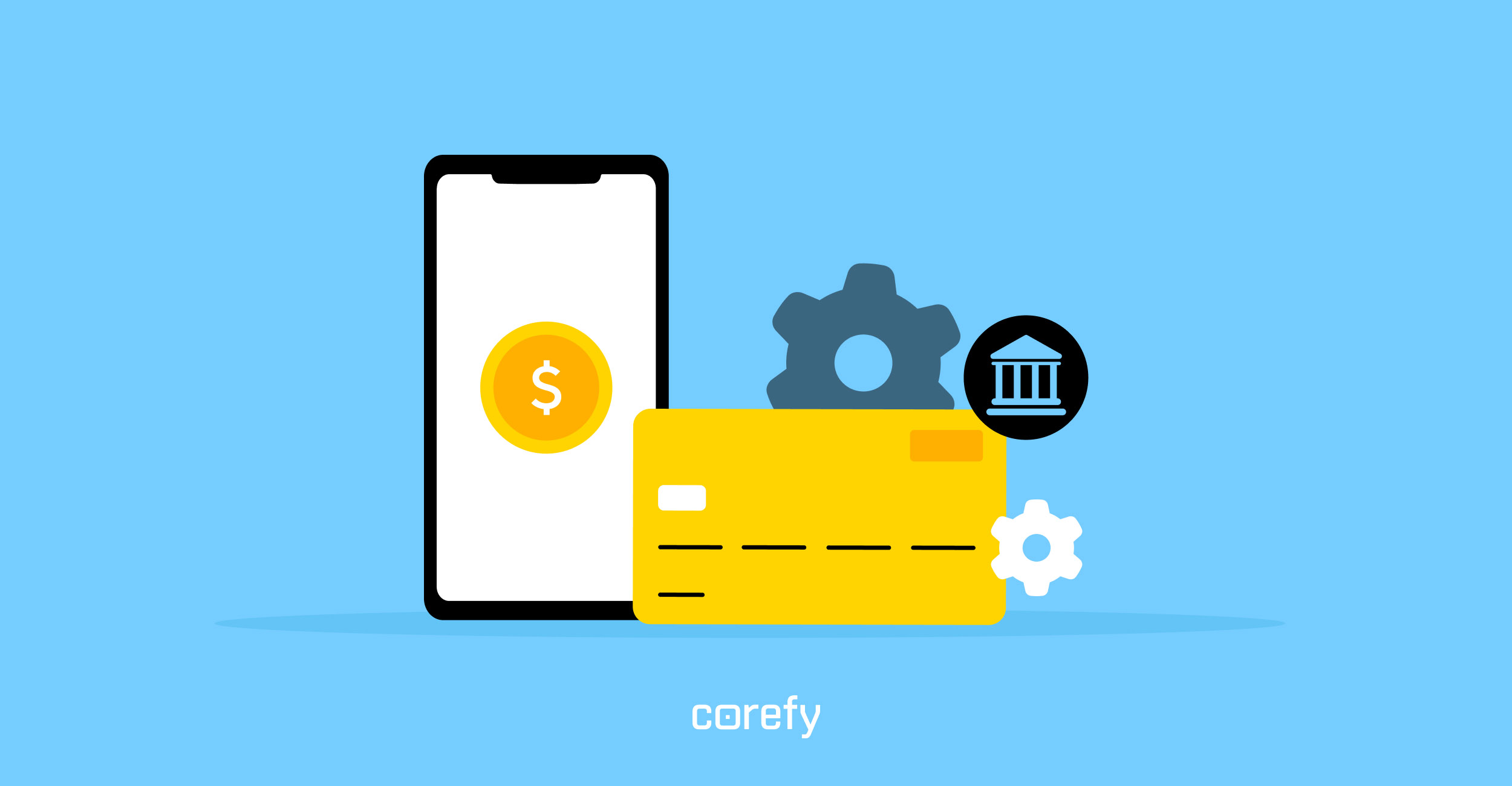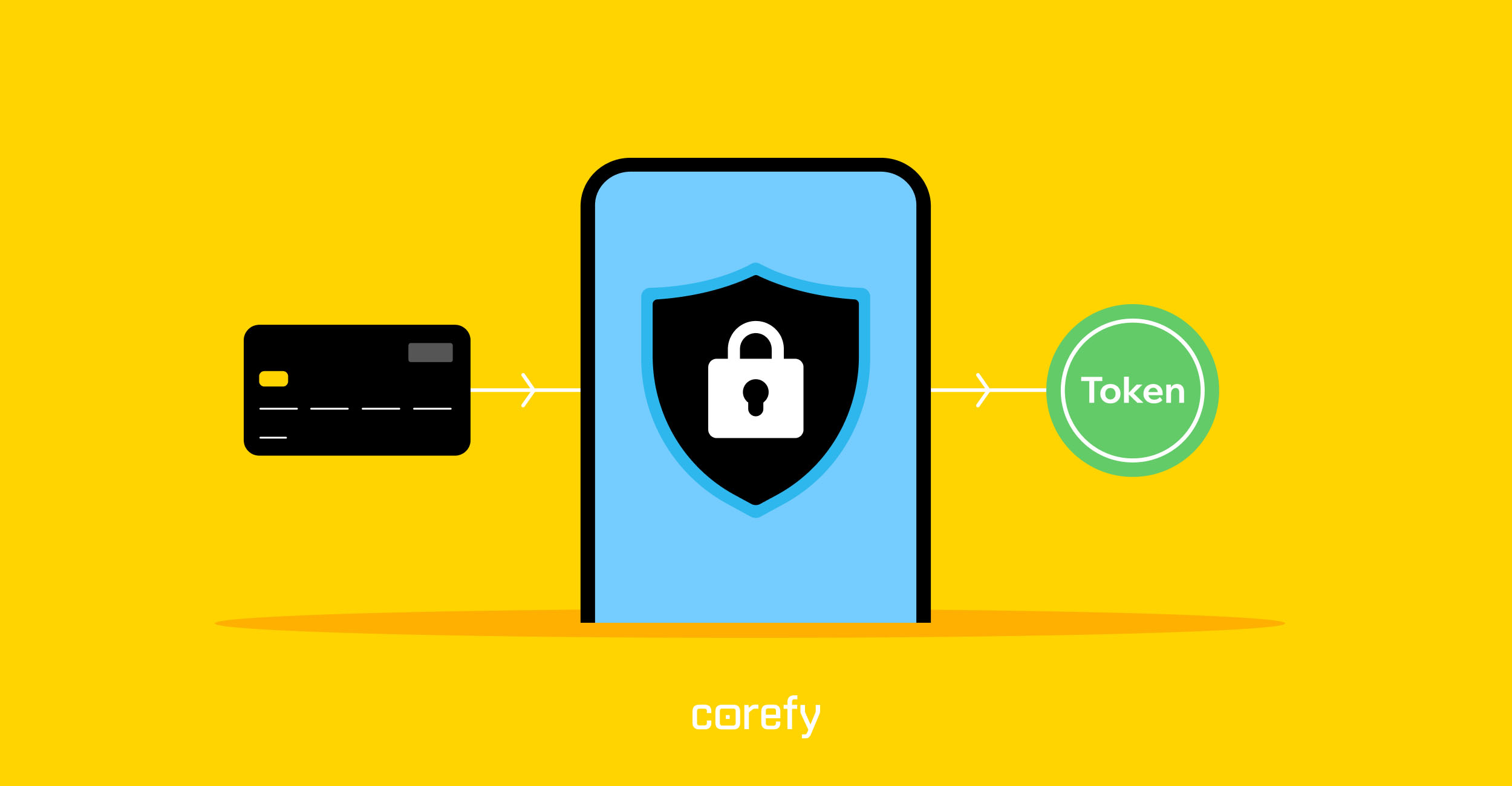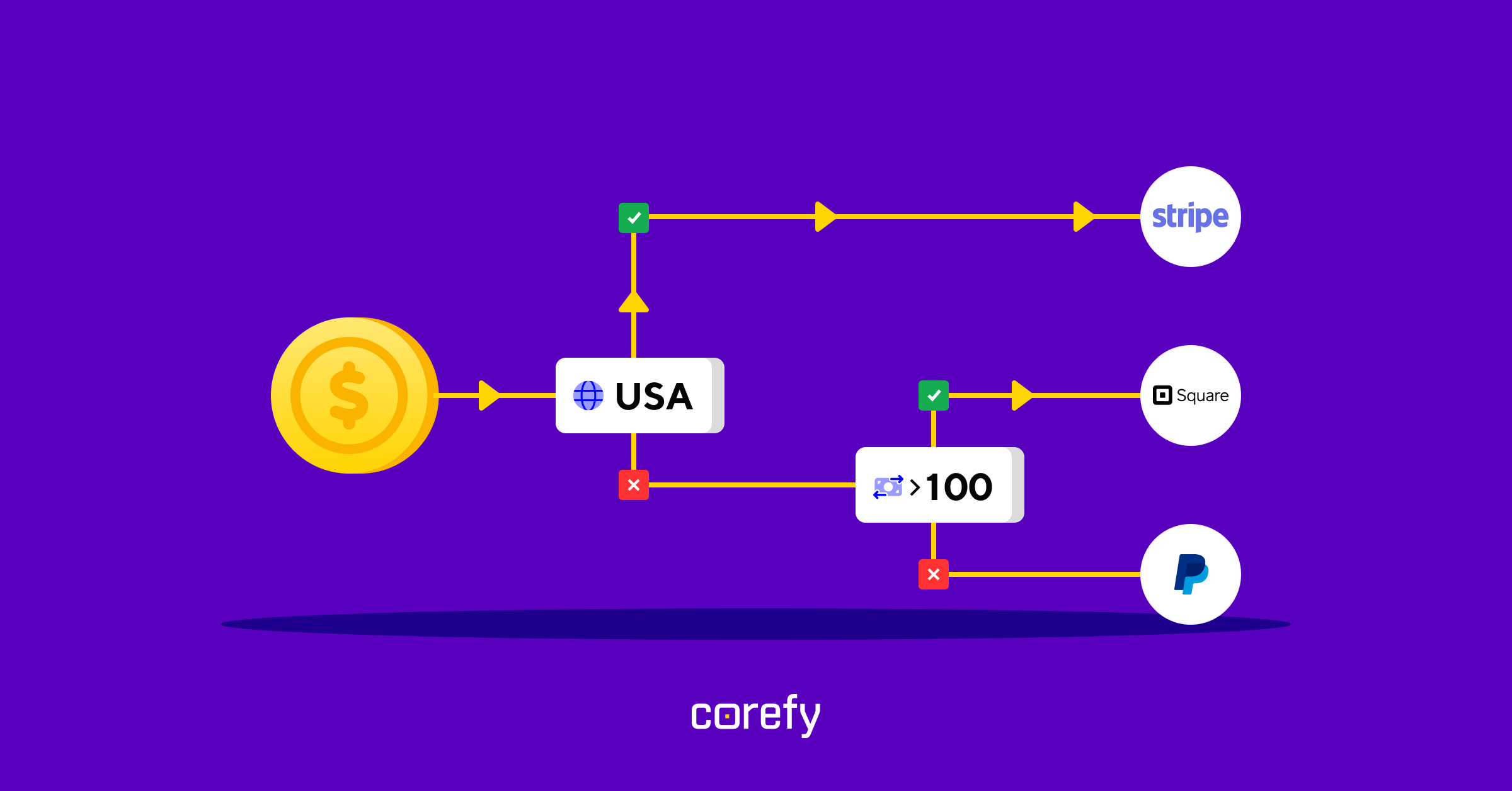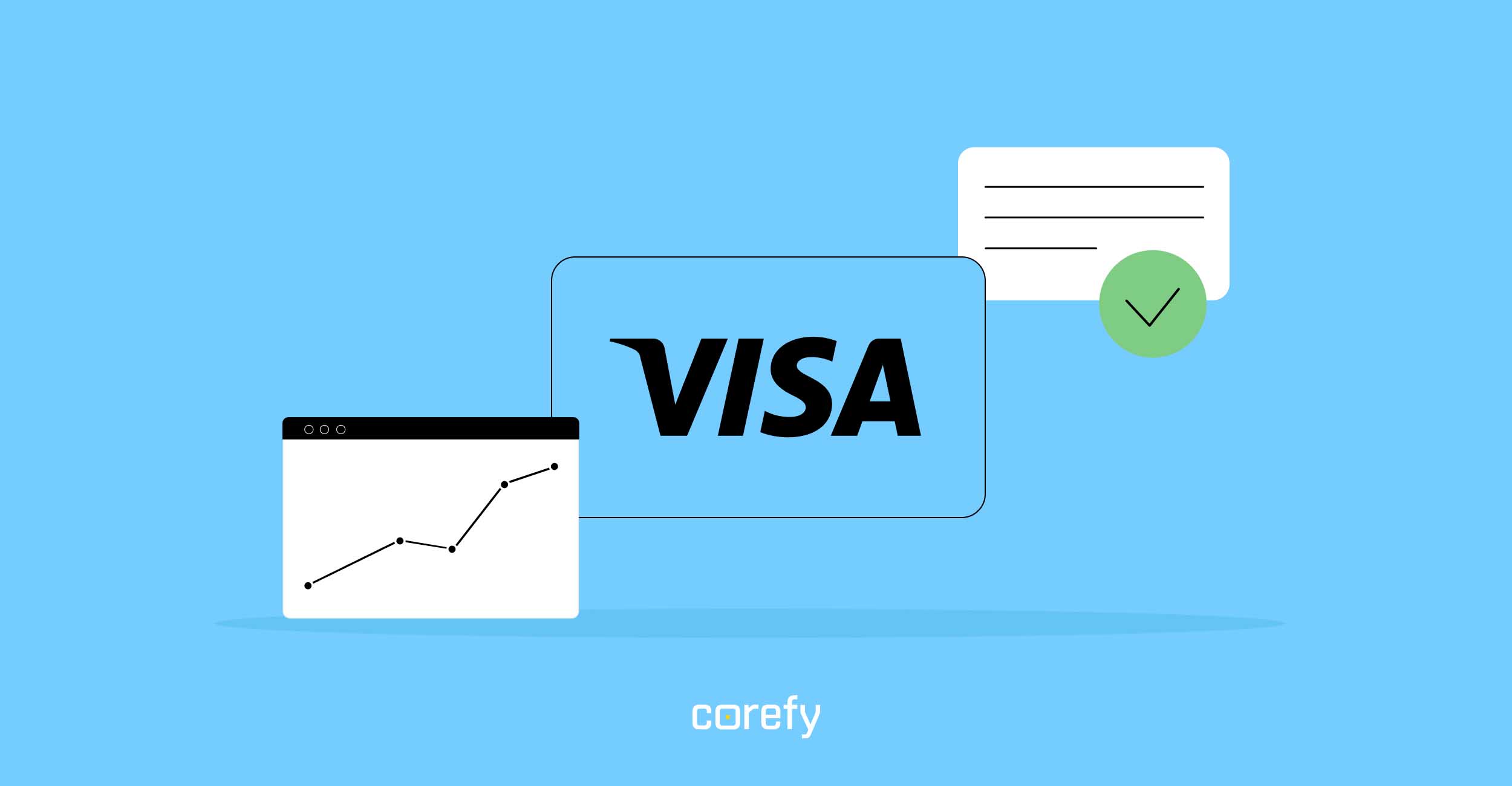You've already invested time and money getting people to your checkout, so low payment conversion rates and failed payments hit hard.
While there are different ways to measure payment conversion, it’s just as important to understand why payments fail.
In this article, we'll break down the top six factors that influence your payment conversion rate, allowing you to identify gaps and fine-tune your setup.
Regional peculiarities
Payment conversion rates vary by region due to differences in financial infrastructure, banking access, and local payment preferences. Areas where fewer people have bank accounts or where cash remains the primary means of payment often experience lower conversion rates.
Here are a few examples:
- In Latin America, 21% of e-commerce transactions rely on cash vouchers, such as Mexico's OXXO or Brazil's Boleto Bancário. These methods require generating a voucher online and paying it offline, which often leads to drop-offs due to inconvenience. Additionally, in countries where instalment payments are common, businesses must support this at checkout by integrating dynamic instalment calculators, which adds complexity.
- Countries like Kenya and Nigeria lead the world in mobile money account usage, but interoperability issues between providers often result in transaction failures. For example, a user with funds in Airtel Money cannot easily pay a merchant using MTN Mobile Money, resulting in a drop-off at checkout.
If you notice low conversions in these regions, the problem is not necessarily with your business. Some markets naturally have more friction due to banking habits, consumer trust issues, or regulatory barriers. To solve the issue, consider integrating local options and configuring proper payment routing schemes.
Business type and risk profile
These factors influence payment conversion rates due to varying levels of fraud risk, regulatory scrutiny, and bank approval rates.
Low-risk
Low-risk businesses typically operate in industries with stable customer behaviour, low chargeback rates, and minimal regulatory scrutiny, such as e-commerce or educational services.
Thanks to low fraud risk and strong standing with banks and PSPs, they enjoy the highest approval rates, with most transactions processed automatically and without issue. They also benefit from broad access to mainstream providers and often receive lower processing fees.
Medium-risk businesses
The approval rates for medium-risk businesses can occasionally decline, often triggered by mismatches in payment routing and user location, or sudden surges in volume.
Maintaining stable approval rates in this category often depends on fraud filters configuration and smart payment routing.
High-risk businesses
High-risk businesses operate in sectors that face greater scrutiny from banks, card networks, and regulators. These include gambling and betting, adult entertainment, forex trading, cryptocurrency trading, and investment platforms, among others.
Their approval rates are often lower due to several reasons:
- Transactions are more likely to be declined due to fraud flags, chargeback history, and legal restrictions.
- PSP options are more limited, often forcing businesses to prioritise processing efficiency over user convenience.
- High fraud rates and legal uncertainties often result in payment declines and account terminations.
By tailoring your payment setup with the right providers, routing logic, and fraud settings, you can mitigate these challenges and maintain high conversion rates.
Payment methods & localisation
The payment methods a business offers or lacks can significantly influence checkout completion rates.
- Credit and debit cards are still widely used. Still, standard checkout forms often cause people to drop off: manually entering card details and billing information can be time-consuming, and concerns about trust and sharing sensitive data add to the hesitation.
- Digital wallets can improve conversions by making checkout faster and easier. Adding PayPal, Apple Pay, or Google Pay, especially on mobile devices, can significantly speed up the checkout process and prevent customers from abandoning the process if they have to enter their card details manually. But they can still cause friction if users are redirected or asked to log in. In-app, one-tap payments help avoid this.
- Buy now, pay later (BNPL) services, such as Klarna, Affirm, and Afterpay, can increase your conversion rates by 20-30%. By letting customers split payments, BNPL reduces upfront cost barriers. These services often provide quick approvals with less friction than credit cards, making high-priced purchases feel more manageable.
- Open banking & bank transfers typically show high checkout completion rates: once customers successfully set up open banking payments, they rarely drop off in future transactions. Europe and the UK, for example, have Pay by Bank, where users authenticate with their bank instead of using cards. These methods show high completion rates – around 80–90% for first-time users in mature markets (such as the UK and the Nordics) and over 90% for repeat users.
- Cryptocurrency adoption is rising worldwide, making it a valuable addition to your payment options. Many crypto holders, particularly in the gaming industry, are willing to use their assets for in-game purchases. Cryptocurrency payments offer key benefits for both businesses and customers, including enhanced security, no chargebacks, and fast processing.
- Localisation of payment options helps increase payment acceptance rates. By offering region-preferred methods (e.g. Alipay for China, MercadoPago for LATAM, etc.), businesses increase customer convenience and minimise abandoned checkouts. Yet, only about half of merchants offered local payment methods beyond the big international ones. Companies are now partnering with payment service providers to support a broader range of methods. For example, accepting cash-based vouchers or mobile money in specific markets can convert customers who don't have credit cards.
Payment page & checkout quality
Your payment page design, speed, and functionality are essential to high payment conversion rates. Even if a customer has a clear and strong intent to complete a purchase, friction at checkout can cause them to abandon the payment process.
Here are some aspects of checkout quality that influence payment success and require your special attention:
- Poor UX/UI. A confusing, slow, or cluttered checkout experience can cause drop-offs before users even submit their payment, meaning their transaction never even reaches the authorisation stage.
- Сomplex or lengthy checkout process can deter customers from completing their purchases. Remove unnecessary steps and form fields. Requesting only essential information can reduce friction and enhance user experience.

- Loading times. If your checkout page loads too slowly, the customer may refresh, close the tab, or abandon the transaction. Worse, payment gateways can time out the session, leading to a failed payment authorisation.
- Lack of preferred payment methods. Customers expect to see the methods they trust. If their preferred option is missing, they may abandon the purchase entirely.
- Security overload. While fraud prevention is essential, excessive authentication steps (e.g., unnecessary 3D Secure prompts, CAPTCHA, or multiple verifications) can block legitimate transactions and increase unsuccessful authorisations if users fail to verify or give up before completing payment.
- Optimisation for mobile. If your payment page isn't optimised for the mobile experience, some customers may struggle to navigate it, leading to frustration and checkout abandonment.
- Redirects & external payment pages. When customers are redirected to an external payment page, they might hesitate, worry about security, or abandon the transaction before completing authorisation.
A well-designed payment page strikes a balance between usability and security. It should be fast, intuitive, and flexible to ensure more customers complete their transactions and more payments successfully go through authorisation.
Failures and downtimes
When a payment gateway or PSP goes down, transactions fail instantly. If you rely on a single provider, you risk losing all payments. Even short outages can result in significant revenue loss, particularly for high-volume businesses.
Errors, slow processing, and failed payment attempts without alternative methods or a failover system often cause customers to abandon their checkout process. Failed payments don't just cost sales, they damage trust and reduce repeat customers. If checkout issues persist, shoppers may switch to competitors with more reliable payment experiences.
Businesses often rely on payment routing and cascading to minimise the impact of such disruptions. They enhance their payment setup by selecting the most suitable route for each transaction and automatically retrying failed payments via alternative providers, thereby helping to recover lost sales.
Routing and cascading schemes efficiency
Payment routing directs transactions to the best-performing payment provider based on various factors, including location, currency, bank response times, etc. Cascading ensures that if one provider declines a transaction, it is automatically retried through another one for better approvals.
When these systems are absent or poorly optimised, businesses experience more failed transactions, even when customers have sufficient funds and valid payment details:
- Higher payment decline rates. If a routing system doesn't prioritise the best-performing PSPs, transactions may be sent through suboptimal providers, leading to unnecessary declines.
Example: A customer in Brazil tries to pay with a local credit card, but the transaction is routed through an international acquiring bank, which rejects it. Processed through a local acquirer would increase the chances for approval.
- No backup plan for failed transactions. If a business doesn't use cascading, a declined transaction fails instead of being retried through another provider, leading to lost sales.
Example: An e-commerce store processing subscriptions relies on a single PSP. If a transaction fails due to a temporary bank issue, the payment is not reattempted, causing involuntary churn. By integrating an additional provider and implementing cascading, the store could automatically reroute failed transactions, saving revenue and achieving strong conversion rates.
- Longer processing times & customer drop-offs. Poor routing logic can cause payment delays, leading to customer frustration and abandoned checkouts.
Example: A high-value transaction is routed through a slow-processing PSP, leading to a lengthy approval time. The customer refreshes the page or exits, assuming something went wrong and disrupting the payment attempt.
Final takeaways
Low payment conversion rates often translate into lost opportunities and revenue. The good news? Most of the causes are within your control.
Improving payment conversion isn't about chasing a perfect number. It's about understanding what affects success, from regional payment habits and checkout UX to provider performance and routing logic, and addressing it strategically.
Start with what’s within reach, and treat conversion optimisation as an ongoing process: monitor it closely, test regularly, and adjust based on real insights.
If you want to delegate your payments to a reliable partner and focus on your business development, we’re here to help!





.jpg)

.jpg)



.jpg)

.jpg)